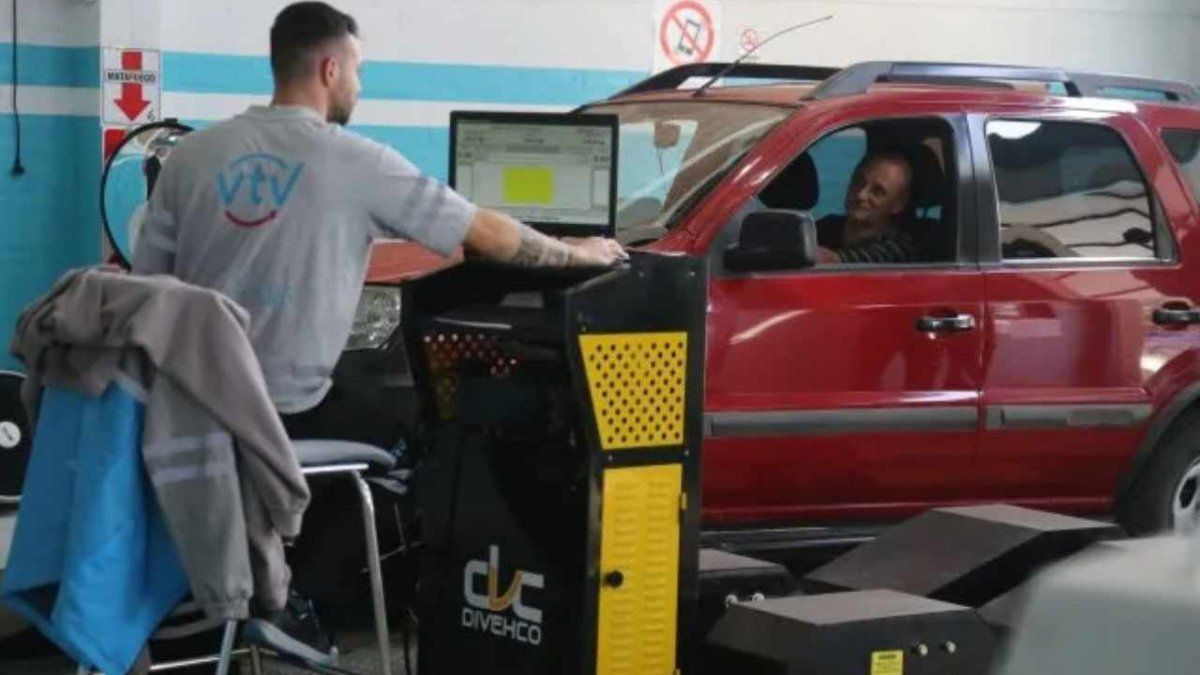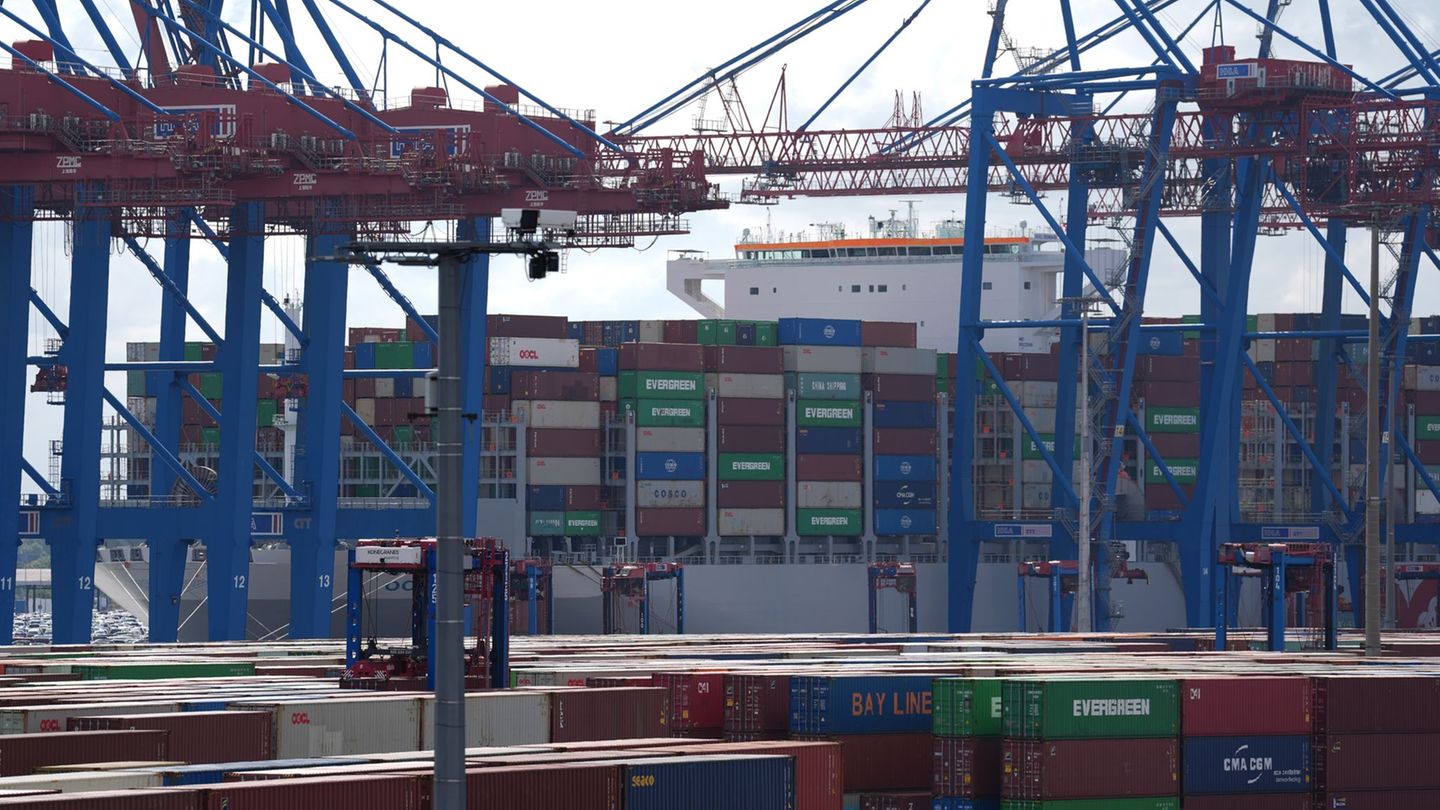Only five hours of concentrated work with full pay instead of the usual eight hours: A US company switched over a few years ago, and that attracted worldwide attention. Now the boss speaks up again. The experiment seems to have failed and the company almost went bankrupt.
In 2015, the company founder Stephan Aarstol from San Diego surprised his employees: Instead of sticking to a rigid working time model of eight hours a day, he wanted to try something new. He didn’t want to change the start of working hours at 8 a.m., but it should be over at 1 p.m. on the dot. Only five hours a day, with full salary. Without a hook.
“I would like to give you your life back”, quoted the “” Aarstol at the time. To motivate them even more, he put company profits into paying employees. However, there was one caveat: Anyone who believed they couldn’t do their work for the paddle board company Tower in five hours would be fired.
It is not known whether an employee actually left the company. And the company did not approach this step quite so radically. Initially, the changeover was only made in the summer months. But just a year later there was a permanent change to the 5-hour working day. “The initial surprise vanished quickly and we all soon got used to the new model,” said the company founder about the “”. “Our business was as successful as ever and yet my employees worked less than two thirds of the hours they had previously worked.”
The end of the 5 hour model
So everything is fine? No, only two years after its introduction, the model had to be tilted again. “We were forced to give up the five-hour day almost two years after it was introduced. Our company had gotten into a difficult phase, we had unpredictable employee turnover and I was no longer sure whether I was still convinced of the idea at all was “, so Aarstol.
The company had to plow several construction sites. On the one hand, the boss’s plan to keep employees in the company with the shorter working hours did not work. Of the seven employees, three left, that was too much. “While I initially saw some positive signs in terms of productivity, sales fell for the first time in the company’s history after a year of five-hour work,” continues Aarstol.
However, the company boss did not end the model immediately, but kept the reduced working hours at least in the summer months, when traditionally there is less work. That also worked well, said Aarstol. Nevertheless: The company found itself in difficult times, sales were declining. But with this compromise, the boss bought some time to explore new areas of business. A “mistake in the accounting” then caused further trouble. But it was actually going again when the Corona crisis began.
This is how the paddle board company survived
“Our previous setbacks meant that we were on the verge of bankruptcy, as our sales again fell sharply during the pandemic. We had only recently invested in an event space – which now served no other purpose than costing us money,” says Aarstol to the “Business Insider”.
The first half of 2020 hit the company hard. The 5-hour working days were cleared. Business picked up again in the summer. In the pandemic in particular, outdoor activities are in demand, which is practical for a paddle board manufacturer. And a new line of business began to grow enormously: The Tower company now also sold e-bikes. And there was very strong demand for them.
The business has now stabilized and Aarstol has learned. The 5-hour model is now offered as an incentive: If the team increases sales in one year, the months from August to November will be reduced to the 5-hour model.
In retrospect, the new working time model was a stroke of luck for the company, even if it failed the way it was initially thought, my Aarstol. Because the extra time made it possible to develop a new line of business. And the e-bikes have carried the company through the crisis. “The five-hour day at Tower may not have been perfect from the start, but it worked thanks to constant checks and adjustments,” says Aarstol. “Most importantly, the model ensured that I didn’t have to break one of its fundamental promises: that the satisfaction and well-being of my employees would always come first.”
Source From: Stern
Jane Stock is a technology author, who has written for 24 Hours World. She writes about the latest in technology news and trends, and is always on the lookout for new and innovative ways to improve his audience’s experience.




